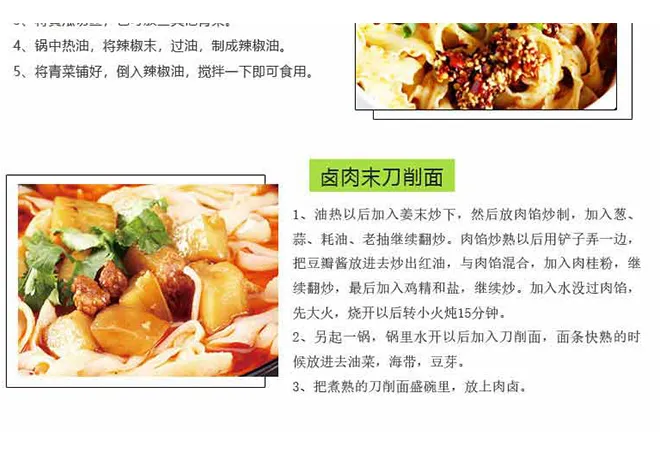what is the difference between soba and udon noodles
The Difference Between Soba and Udon Noodles
When it comes to Japanese cuisine, two types of noodles often steal the spotlight soba and udon. Both have unique textures, flavors, and culinary uses, making them beloved staples in Japan and beyond. While they share a common ground as noodle dishes, there are significant differences between soba and udon that make each one special.
Ingredients and Composition
The primary distinction between soba and udon lies in their ingredients. Soba noodles are made from buckwheat flour, which gives them a distinct nutty flavor and a darker color compared to their counterparts. It is also worth noting that soba can sometimes be made with a mixture of buckwheat and wheat flour, but the more authentic versions use primarily buckwheat. This ingredient is gluten-free, making soba a popular choice for people with gluten sensitivities.
On the other hand, udon noodles are made from wheat flour and are characterized by their thick, chewy, and smooth texture. Udon is typically white in color and has a much softer and more pliable consistency compared to soba. The composition of these noodles affects how they are paired with various dishes and sauces, contributing to their overall flavors.
Texture and Flavor
The texture of soba and udon is one of their most noteworthy differences. Soba noodles have a slightly gritty texture due to the buckwheat, which can be more pronounced when served cold as in the popular dish “zaru soba” where the noodles are chilled and served with a dipping sauce. The flavor of soba is more earthy and nutty, which allows it to pair well with a variety of toppings and sauces, ranging from savory to sweet.
Udon noodles, with their soft and chewy nature, offer a more neutral flavor that absorbs the tastes of the broths and ingredients they're cooked with. This makes udon extremely versatile for various dishes like kake udon, which features a simple broth, or yaki udon, a stir-fried version that incorporates a variety of vegetables and proteins.
what is the difference between soba and udon noodles

Culinary Uses
Soba and udon are both versatile and can be used in numerous dishes, but they are often prepared in specific styles that highlight their unique characteristics. Soba is frequently served cold and is a popular choice during the hot summer months, providing a refreshing and light meal. Cold soba can be enjoyed with a dipping sauce made from soy sauce, mirin, and dashi. Soba can also be served in a hot broth, often garnished with green onions, tempura, or a raw egg for added flavor.
Udon, in contrast, is typically enjoyed in hot soups. Its thick, chewy nature makes it ideal for hearty broths, often enriched with dashi, soy sauce, and mirin. Udon dishes can feature various toppings such as tempura, tofu, mushrooms, or sliced meat, making them a filling and comforting option, particularly during colder months.
Nutritional Aspects
From a nutritional perspective, soba noodles are often considered healthier due to their high content of protein, fiber, and essential amino acids. The presence of buckwheat provides numerous health benefits, including improved digestion and cardiovascular health. Udon, being rich in carbohydrates, can provide a quick energy boost but is generally lower in fiber compared to soba.
Conclusion
In summary, while both soba and udon noodles play significant roles in Japanese cuisine, their differences in ingredients, texture, flavor, and culinary applications set them apart. Whether you prefer the nutty and earthy tones of soba or the soft and chewy experience of udon, there's no denying that both noodles offer delicious and comforting meals that cater to a variety of tastes and preferences. Whichever you choose, both soba and udon are worthy of a spot in your culinary repertoire.
-
Unleash Your Inner Chef with Delectable Italian Pasta CreationsNewsAug.01,2025
-
Savor Health and Flavor: Irresistible Soba Noodles for Sale Await!NewsAug.01,2025
-
Nourish Your Body with Premium Organic Ramen - A Culinary Delight AwaitsNewsAug.01,2025
-
Elevate Your Dishes with Our Exquisite Kinds of Egg NoodlesNewsAug.01,2025
-
Dive into Flavorful Convenience with Our Ramen OfferingsNewsAug.01,2025
-
Discover Exquisite Types of Naengmyeon and Chilled Soba NoodlesNewsAug.01,2025
-
Is Whole Wheat Pasta Healthy?NewsMay.30,2025
Browse qua the following product new the we

















































































































